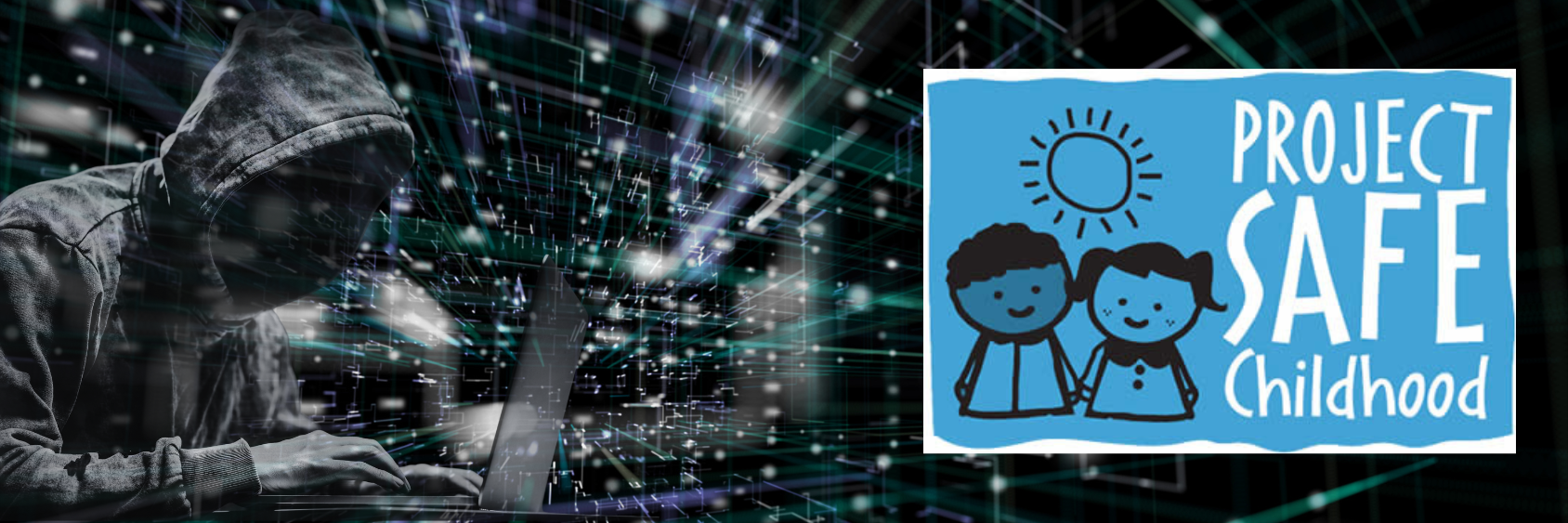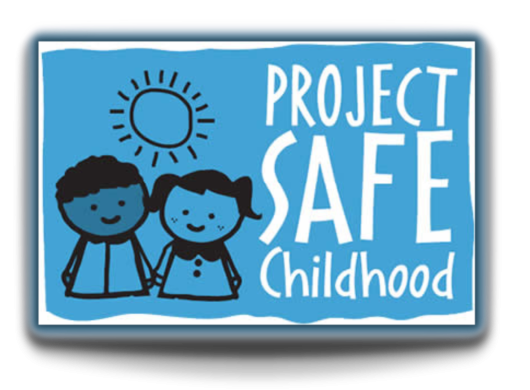Project Safe Childhood
About Project Safe Childhood (PSC)
In 2006, the Department of Justice launched Project Safe Childhood, a nationwide initiative to combat the growing epidemic of child sexual exploitation and abuse. Led by the U.S. Attorneys' Offices and the Criminal Division's Child Exploitation and Obscenity Section (CEOS), Project Safe Childhood marshals federal, state, and local resources to better locate, apprehend, and prosecute individuals who exploit children via the Internet, as well as to identify and rescue victims.
What is Child Exploitation?
Child sexual exploitation is a type of sexual abuse perpetrated on children and youth, in which the victims are forced, coerced, or enticed by an adult to engage in sexually explicit conduct.* The victims are both male and female, range in age from infants to 17-years-old, and come from all racial, ethnic, and socioeconomic backgrounds.
Child pornography is a form of sexual exploitation that is defined as “any visual depiction of sexually explicit conduct involving a minor." Federal law prohibits the production, distribution, receipt, or possession of any image containing child pornography.
*The act of sexually abusing a child (rape, assault, molestation) is typically handled by local and state authorities. However, the act of producing photographs or video recordings of the abuse or distributing/receiving/viewing child sexual abuse online is subject to federal prosecution.
How Are Children Sexually Exploited Online?
CHILD SEXUAL ABUSE MATERIAL: Children are abused and their abuse is filmed or recorded. The resulting child sexual abuse material ("child pornography") is shared on the internet via online forums, social networking sites, messaging apps, file sharing sites, or the “dark web.”
ONLINE ENTICEMENT: Children are enticed online. Predators prey on children via internet-accessible platforms, including social media, messaging apps, and gaming systems, such as XBox or PlayStation.
- Children develop “a relationship” with someone online who convinces the child to share sexually explicit content of themselves. This can happen very quickly.
- Sextortion is a form of child sexual exploitation where children are threatened or blackmailed, most often with the possibility of sharing with the public a nude or sexual images of them, by a person who demands additional sexual content, sexual activity or money from the child. This crime may happen when a child has shared an image with someone they thought they knew or trusted, but in many cases, they are targeted by an individual they met online who obtained a sexual image from the child through deceit, coercion, or some other method. In many cases, the blackmailers may have stolen or taken images of another person and they are communicating through a fake account (e.g., posing as a child or teen). The blackmailer may have sent images as well.
- In some cases, predators do not entice children online only for sexual content, but in the hopes of enticing a child to meet in person to have sex with the child.
It is important to note that once an image or video is disseminated via the internet or text message, it can be difficult if not impossible to retrieve. Millions of sexual predators are continuously sharing and swapping child sexual abuse material across the globe. It is uploaded, downloaded, texted and instant messaged at rapid speeds. For information about removing online nude, partially nude, or sexually explicit photos and videos taken before you were 18, visit https://takeitdown.ncmec.org/.
How to Report Possible Exploitation
- Contact your local law enforcement. If there is imminent danger, dial 911.
- Contact the National Center for Missing and Exploited Children's CyberTipLine at 1-800-843-5678 or online at https://report.cybertip.org/.

 U.S. Department
of Justice
U.S. Department
of Justice


